Starting with seaforestation in the cold coastal waters off Vancouver Island, Canada, we’re taking steps to protect vital underwater forests. We’re using revolutionary technology to initiate these underwater reforestation projects, extending the benefits of tree planting to our oceans.
Understanding Seaforestation
Seaforestation is the act of restoring, planting, managing, and caring for underwater seaweed forests. In collaboration with Ocean Wise, our new project aims to safeguard vital kelp forests. We’re employing innovative techniques to plant species such as Bull Kelp, Sugar Kelp, and Giant Kelp.
The Goal
By embarking on this ambitious five-year project, we aim to:
- Restore, cultivate, and protect at least 5,000 hectares of kelp along with the biodiversity it nurtures.
- Sequester substantial amounts of carbon. For perspective, 5,000 ha can offset the yearly CO2 emissions comparable to 3,049 New Yorkers.
- Support the livelihoods of Indigenous and coastal communities and offer strategies to mitigate the effects of climate change.
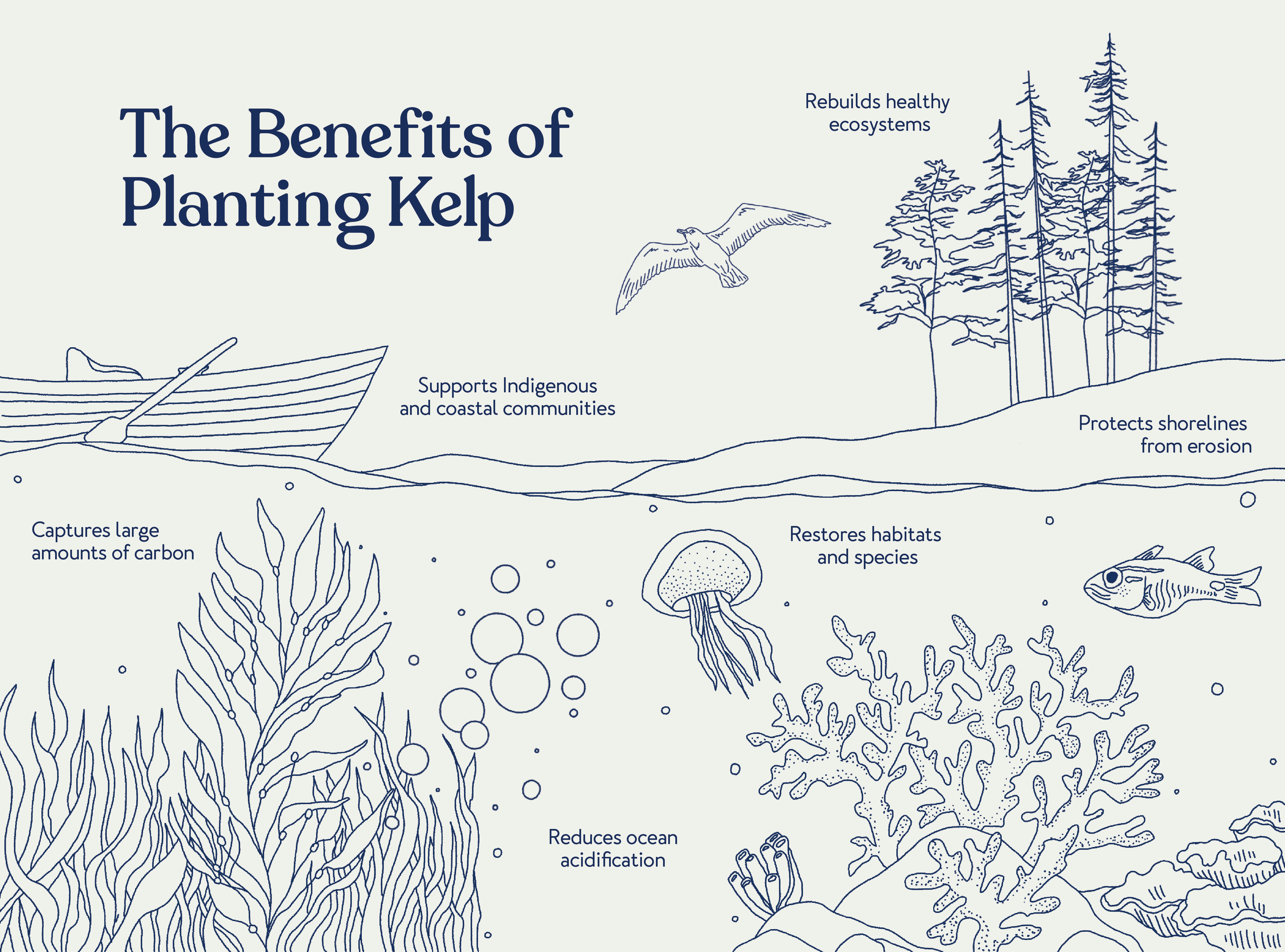
Why Kelp?
Kelp ranks among the largest seaweeds in the world, flourishing in cold, shallow, nutrient-rich waters close to shores in the Pacific, Atlantic, and Arctic Oceans. These marine plants grow in dense clusters akin to terrestrial forests, producing oxygen, absorbing vast amounts of carbon dioxide, and filtering surplus nutrients from the surrounding water.
Kelp is a keystone species crucial for establishing robust marine ecosystems. While these underwater forests might be out of our sight from the shore, they play a significant role in supporting marine life, coastal communities, and regulating our climate.
Supports Biodiversity
- Kelp forests offer a continuous food supply and foster ideal habitats, creating one of the ocean’s most diverse ecosystems. Kelp beds provide a protective shelter for seabirds and marine mammals from predators and harsh weather conditions, and they create a secure nursery for an array of fish species.

- FUN FACT: Sea otters wrap themselves in kelp to ensure they don’t float away while sleeping.
Sequesters Carbon
- Kelp forests are incredibly effective at storing carbon due to their rapid growth rate. In the right conditions, they can grow up to 60 centimeters a day and sequester large amounts of carbon, comparable to forests on land. Some of the carbon stored in kelp’s biomass ends up buried in the deep ocean when the kelp dies, helping trap atmospheric carbon.
Kelp forests in California can store up to 20 times more carbon per acre than land forests and grow up to 30 times faster.
Protects Coastlines
- Climate change is leading to more intense weather patterns. Research has shown that kelp forests can reduce the effects of storm surges and coastal erosion, thereby safeguarding coastal communities. Kelp also helps filter water, decreasing pollution and mitigating acidification caused by climate change.
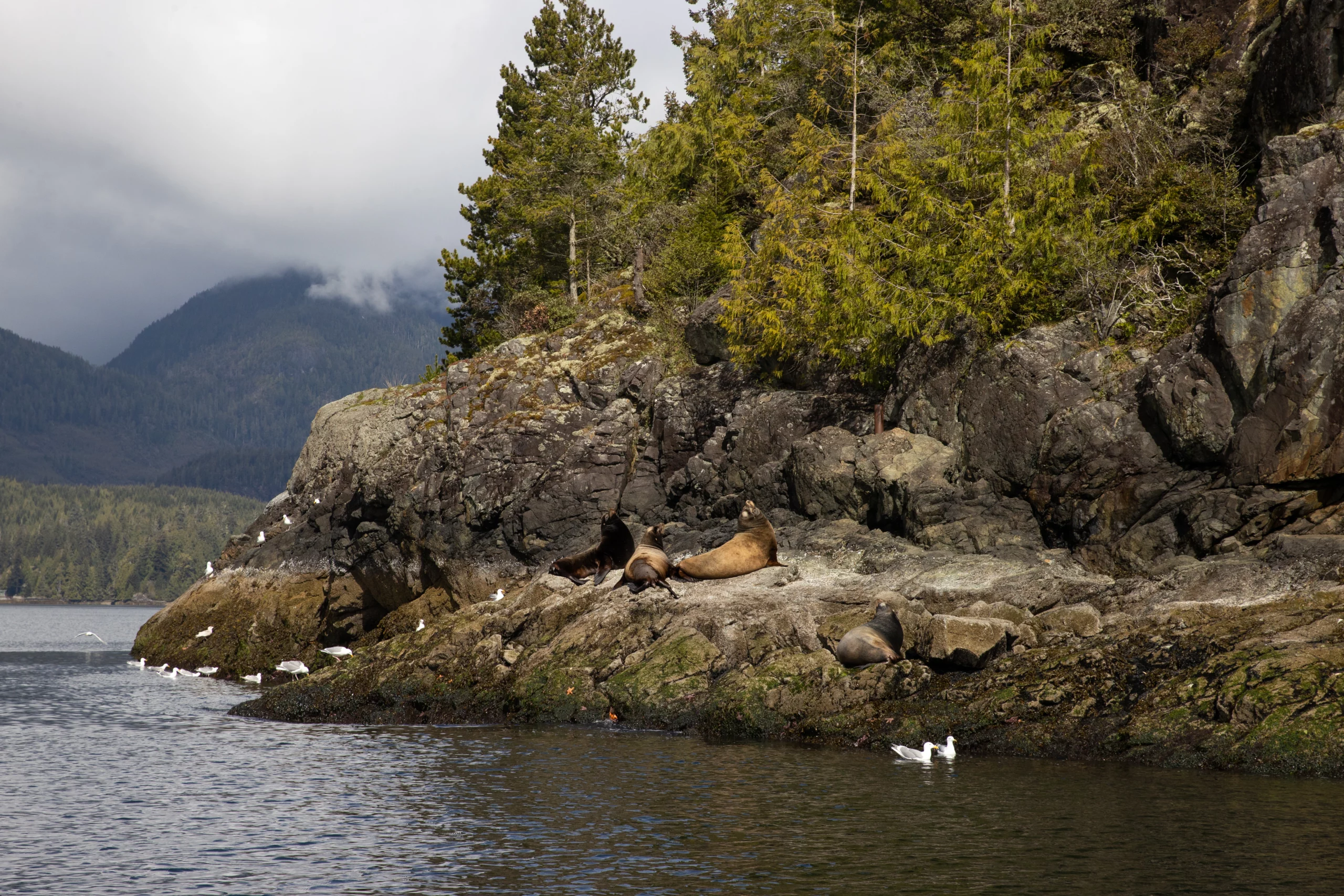
Holds Cultural Significance
- Kelp holds immense cultural significance for Indigenous coastal communities, who have relied on it for generations as a primary source of food and medicine. Kelp forests also provide vital habitats for a variety of species and have been used for centuries for sustenance, spiritual ceremonies, and healing rituals. For many Indigenous communities, kelp is a source of identity and connection to the land and sea.
Support Local Economies
- Kelp forests are vital habitats for commercially important fish species, like herring, lobsters, kelp bass, and abalones, that sustain First Nations and local economies. Kelp, as a sustainable superfood, also has immense potential to generate economic profits from harvesting. Kelp has many potential uses, from building insulation to livestock feed, that we’re just beginning to discover.
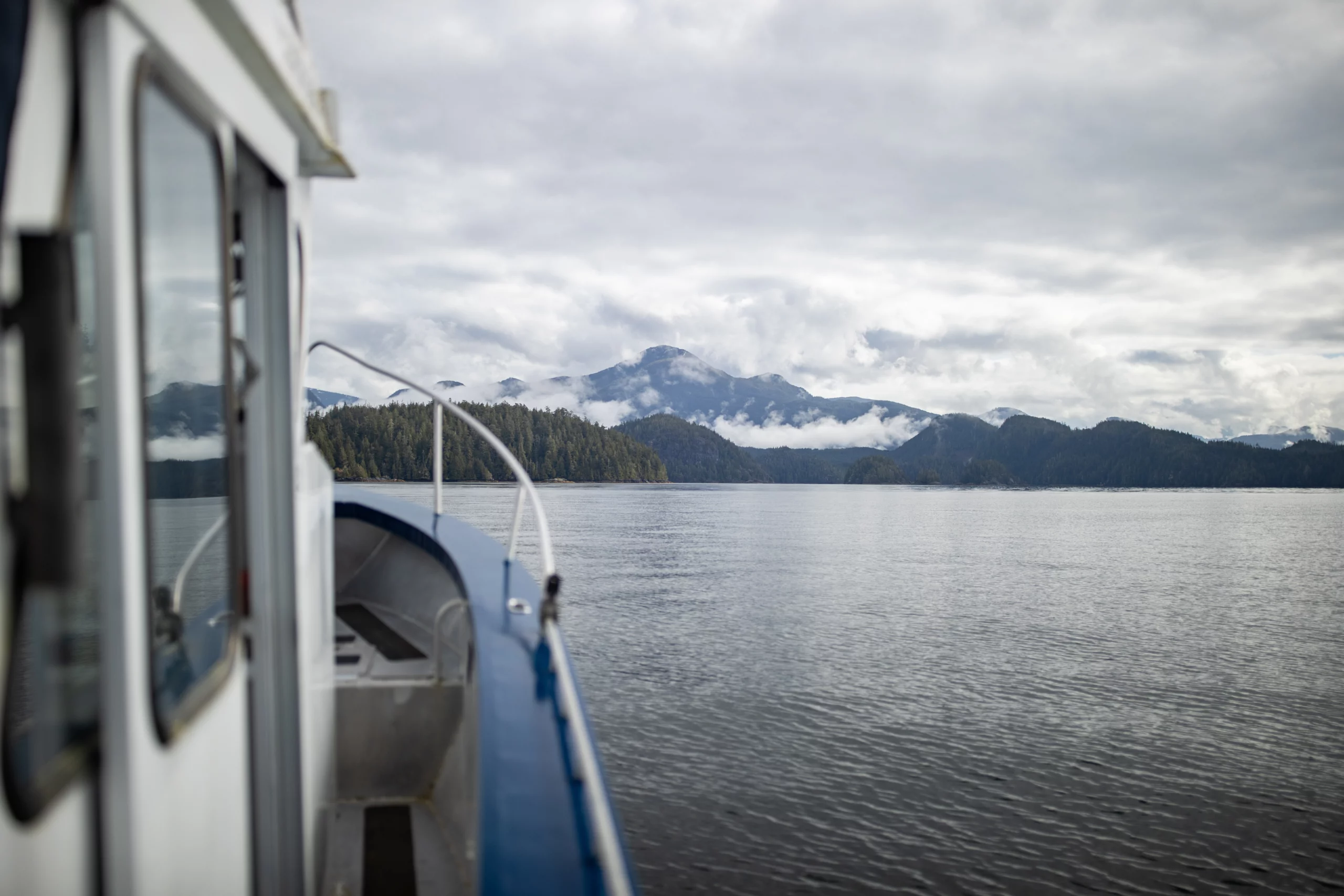
Despite the long list of benefits, we’re losing kelp forests at an accelerated rate. Rising ocean temperatures from climate change and ecosystem imbalances have caused explosions in sea urchin populations, which primarily feed on kelp. As a result, kelp forests are disappearing around the world, with some regions even experiencing a complete collapse.
How We’re Planting Kelp
We’ve partnered with Ocean Wise and used green gravel technology to help restore these floating forests, starting with a pilot project in Rainy Bay, British Columbia. Rainy Bay is not only in our own backyard but also offers the ideal ecological and economic conditions for scalable seaforestation.
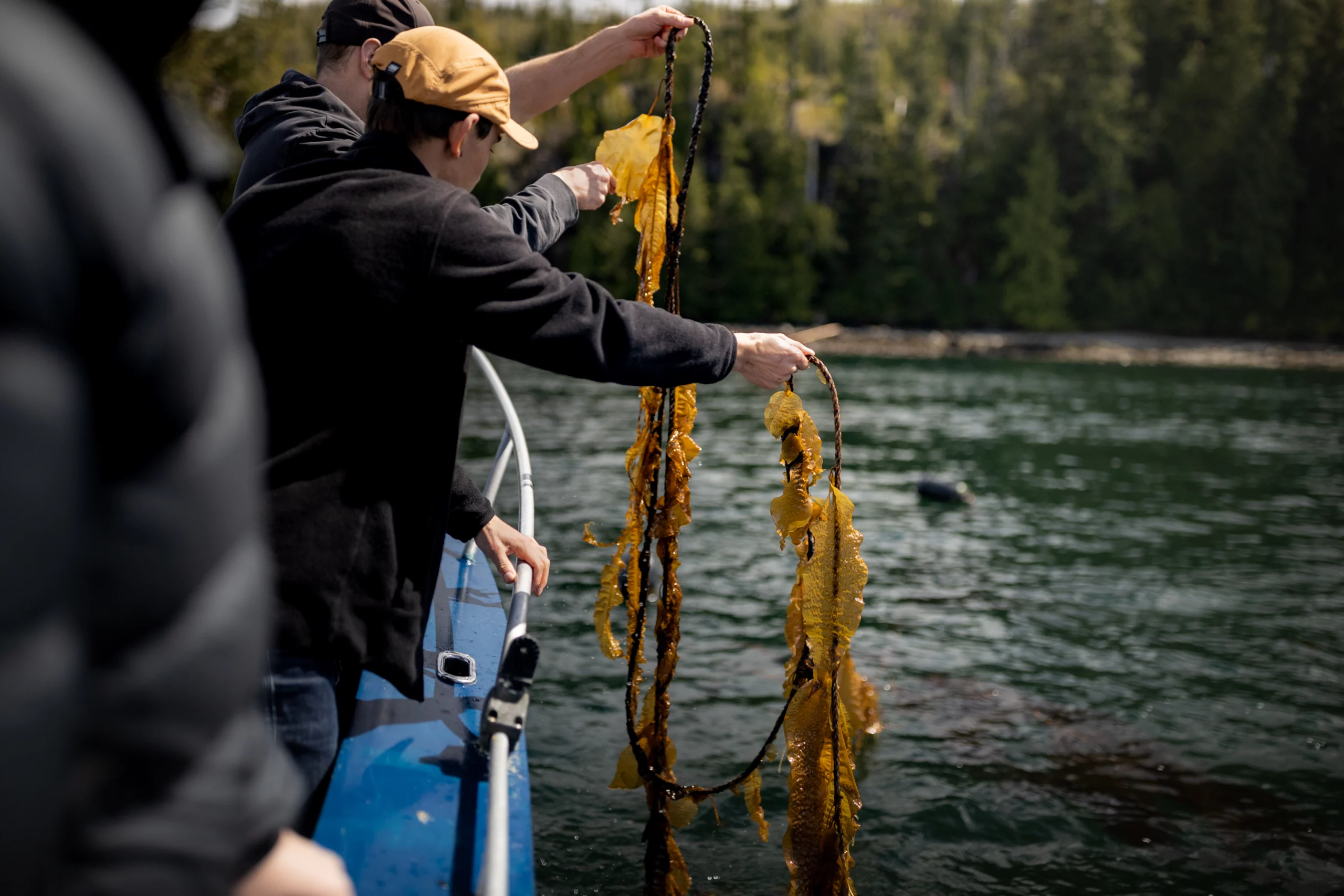
Green gravel is a straightforward way to populate large areas of the ocean floor with kelp. First, kelp propagules are seeded onto small rocks in a lab and nurtured until they’re ready to be transplanted into the ocean. Once planted, the young kelp spreads, anchoring itself to the reef and covering the area. This method is cost-effective and easily executed by scattering the gravel from boats.
After assessing the pilot project, we plan to scale and replicate green gravel projects in other locations in British Columbia and Chile, aiming to restore 5,000 ha of kelp forests.
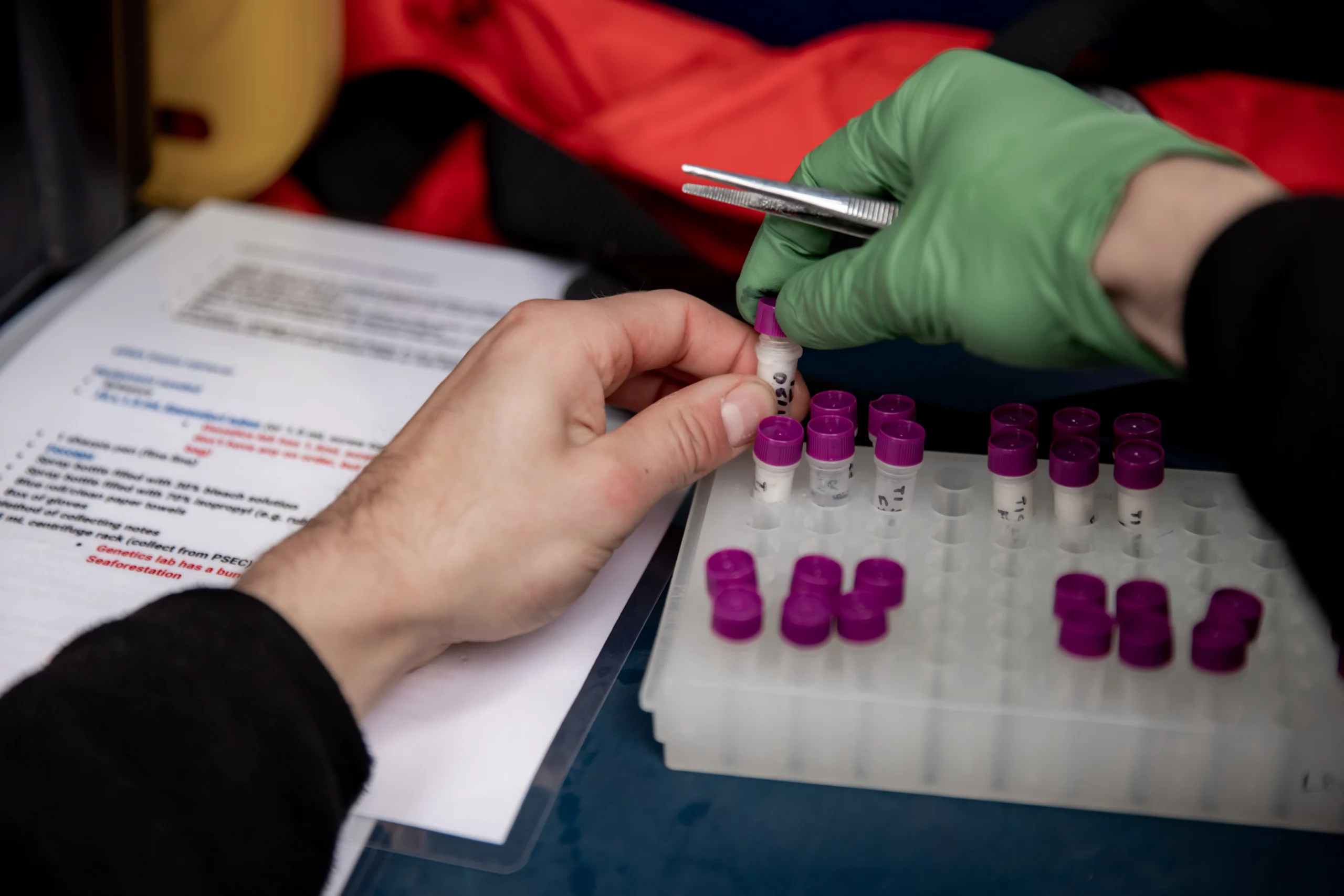
The Power of Partnership
Through our partnership with Ocean Wise, a leader in marine conservation, we’re enhancing our seaforestation projects. Their extensive knowledge and resources provide us with up-to-date research and the best methodologies. Together, we’re spearheading a seaforestation movement built on collective expertise and innovation.
The Long-Term Impact
This ambitious and groundbreaking seaforestation mission marks the beginning of our journey to protect our oceans and, ultimately, the planet. Planting kelp forests can help combat the impacts of climate change. By establishing resilient ecosystems, we can safeguard the valuable habitats and resources these forests provide for both the land and the sea.
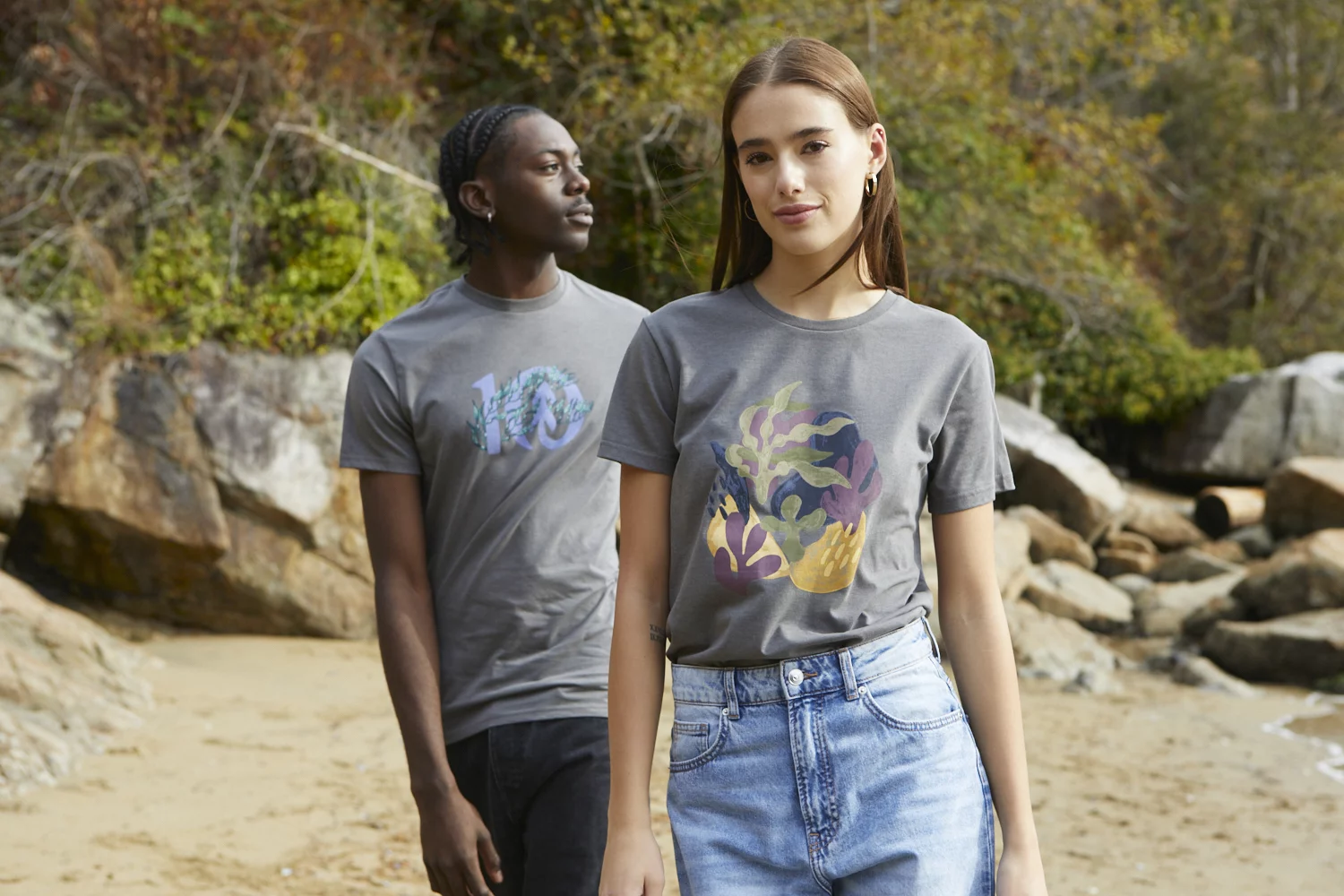 Featured: Men’s Kelp Ten T-Shirt and Women’s Painterly Kelp T-Shirt. Each sustainably made piece from our Kelp Collection directly supports our seaforestation planting efforts.
Featured: Men’s Kelp Ten T-Shirt and Women’s Painterly Kelp T-Shirt. Each sustainably made piece from our Kelp Collection directly supports our seaforestation planting efforts.
Keep Reading
By planting trees for every item you purchase, it’s our mission to plant 1 billion trees by 2030. Head to our website to learn more and begin your planting journey with 10% off.

